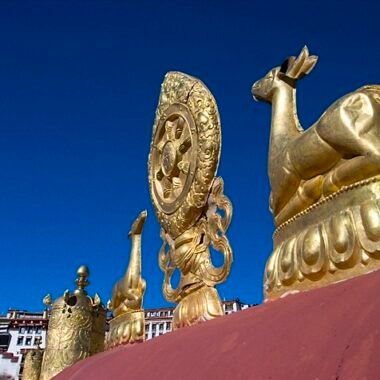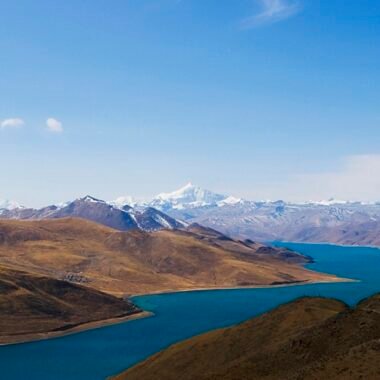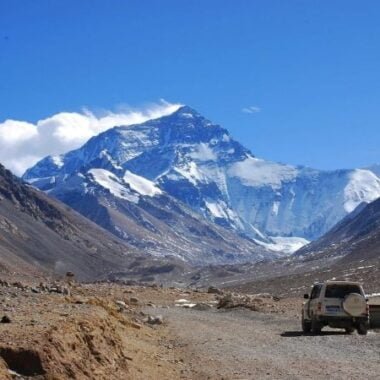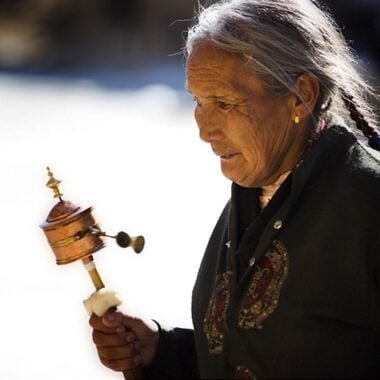High Altitude
Traveling to Tibet offers an unparalleled experience, with its stunning landscapes, rich culture, and spiritual heritage. However, due to its high altitude, many travelers may experience altitude sickness. Understanding how to prepare for and manage high altitude is essential for a safe and enjoyable trip. This guide provides you with valuable information on altitude sickness and tips on how to acclimatize effectively.
What is Altitude Sickness?
Altitude sickness, also known as acute mountain sickness (AMS), occurs when you ascend to high altitudes too quickly. It is caused by the reduced oxygen levels at higher elevations. Tibet’s average altitude is around 4,500 meters (14,764 feet), with Lhasa, the capital, sitting at 3,650 meters (11,975 feet).
Common Symptoms of AMS:
- Headache
- Nausea and vomiting
- Dizziness
- Fatigue
- Shortness of breath
- Loss of appetite
- Insomnia
Severe Forms of Altitude Sickness
In rare cases, AMS can develop into more severe conditions:
- High Altitude Pulmonary Edema (HAPE): Fluid buildup in the lungs, causing severe shortness of breath, cough, and chest tightness.
- High Altitude Cerebral Edema (HACE): Swelling of the brain, leading to confusion, difficulty walking, and severe headache.
Both conditions are medical emergencies and require immediate descent and medical attention.
Preparing for High Altitude
Proper preparation can significantly reduce the risk of altitude sickness. Here are some tips to help you acclimatize:
- Ascend Gradually:
- Spend a few days in Lhasa (3,650 meters) to acclimatize before traveling to higher altitudes.
- Avoid ascending more than 500 meters (1,640 feet) per day once you reach 3,000 meters (9,842 feet).
- Stay Hydrated:
- Drink plenty of water (at least 3-4 liters per day) to stay hydrated.
- Avoid alcohol and caffeine, as they can contribute to dehydration.
- Eat Light and Nutritious Meals:
- Eat high-carbohydrate meals to maintain energy levels.
- Avoid heavy, greasy foods that can be difficult to digest at high altitudes.
- Rest and Avoid Overexertion:
- Take it easy during the first few days and avoid strenuous activities.
- Get plenty of sleep to help your body adjust.
- Medications:
- Consult your doctor about taking acetazolamide (Diamox), a medication that can help prevent and treat altitude sickness.
- Carry a basic first aid kit, including pain relievers and anti-nausea medication.
- Oxygen Support:
- Consider carrying portable oxygen canisters, especially if you have a history of altitude sickness or respiratory issues.
- Many hotels in Tibet provide oxygen supplies for guests.
Recognizing and Responding to Symptoms
Even with preparation, some travelers may still experience symptoms of altitude sickness. It is important to recognize the signs early and take appropriate action:
- Mild Symptoms: Rest, stay hydrated, and avoid further ascent until symptoms improve.
- Moderate Symptoms: Descend to a lower altitude and seek medical advice.
- Severe Symptoms: Immediate descent and medical attention are crucial. Do not wait for symptoms to improve on their own.
High Altitude Travel Tips
- Travel Insurance:
- Ensure you have travel insurance that covers high-altitude trekking and medical evacuation.
- Communication:
- Inform your travel companions and guide about any health issues or concerns.
- Carry a mobile phone with emergency contact numbers.
- Local Support:
- Utilize the knowledge and experience of local guides who are familiar with the effects of high altitude and can provide assistance if needed.
- Pacing Your Itinerary:
- Plan a flexible itinerary that allows for rest days and gradual ascent.
- Be prepared to adjust your plans based on how you feel.
Final Thoughts
Traveling to Tibet is a remarkable adventure, but it requires careful planning and preparation for high altitude. By understanding the risks and taking proactive measures, you can minimize the impact of altitude sickness and fully enjoy the beauty and culture of Tibet. Listen to your body, stay informed, and make your health a priority to ensure a safe and memorable journey to the Roof of the World.
Popular Tours in Tibet
Contact Us
Please feel free to contact us for any questions you have when planning your tour to Tibet. We’ll be happy to help!










